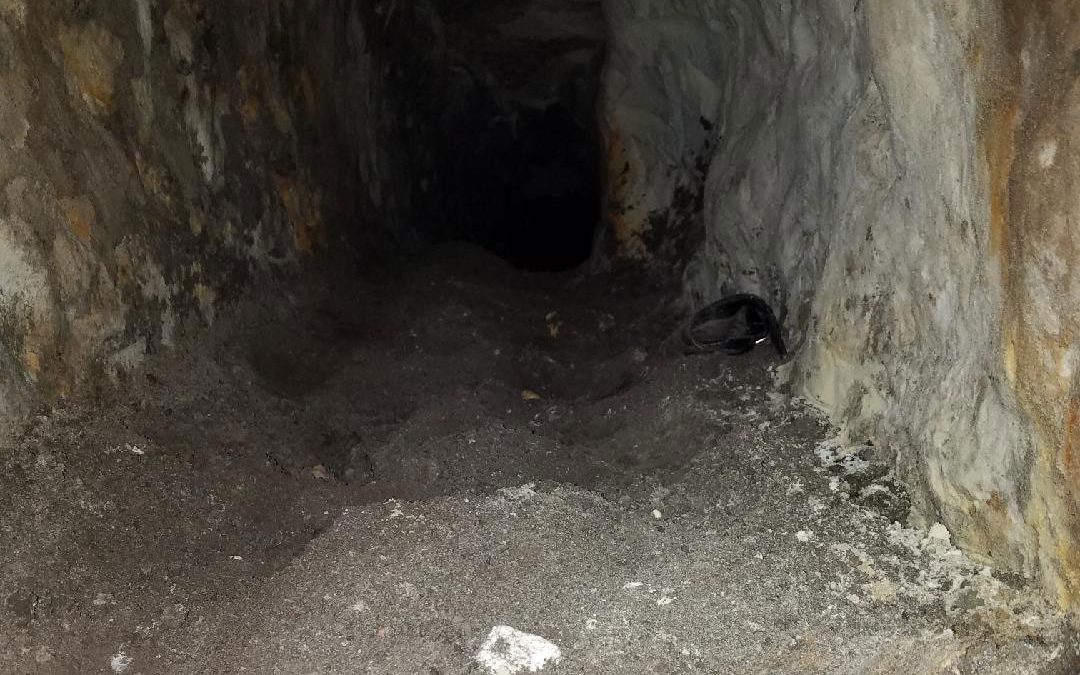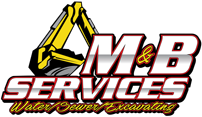
Natural disasters, excessive rainfall, or increased use of air conditioning units are the main causes of spring and summer floods. Flooding can occur during even the coldest months, as a result of melting snow, faulty water heaters, or clogged sewer lines. Known as black water overflow, this type of water damage is the most destructive and contaminated. In addition to the fact that the majority of things affected by this kind of water damage cannot be salvaged, sewer water contains large amounts of pathogens that can make people very sick.
Sewer Backup Causes
Undoubtedly, a sewer backup is a huge mess. Besides water damage to your home and possessions, sewage backups can also cause health risks for you, your family, and your pets, as sewage contaminants are filled with bacteria, viruses, and toxic substances. Rather than dealing with the aftermath of a sewer backup, prevent it from happening in the first place. In order to do this, we must understand what causes sewer backups in addition to flooding. The most common causes of sewer backups are:
- Tree root blockages
- Structural defects to sewage lines and plumbing
- Improper sewage line planning and installation
- Broken pipes
- Obstruction caused by items that should not be flushed down toilets
- Leaks in the waste line
- Frozen septic system
- Blocked sewer vents.
Signs of a Clogged Sewer Line
In spite of the fact that you may understand what causes a sewer backup, you may not be able to predict the likelihood of one as most of the indicators–blockages, defects, leaks–are hidden underground or within the structure of your home. When a backup is imminent, sewer lines do give out a few warning signs.
- Foul odors in the home, especially coming from drains.
- Gurgling noises when you flush toilets or as water drains.
- Slow draining tubs, sinks, laundry lines, and showers.
Winter Tips to Avoid a Sewer Line Backup
Though you may understand what causes a sewer backup, it may seem impossible to predict if one is coming since most of the indicators, such as blockages, defects, leaks, are underground or in your home. When a backup is imminent, sewer lines do send out some warning signs, even if the actual problem is not readily apparent. Here are some of the most common signs of a clogged sewer line:
- Foul odors in the home, especially coming from drains
- Gurgling noises when you flush toilets or as water drains
- Slow draining tubs, sinks, laundry lines, and showers
Checklist to Avoid a Sewer Line Backup in Winter
In order to prevent a sewer line backup during the colder months, you can take these precautions all year long:
- Properly dispose of grease.
- Don’t put hard-to-grind items in the garbage disposal.
- Don’t flushing items down your toilet, like sanitary napkins, tampons, or baby wipes.
- Regularly test your sump pump or install one if you don’t have one already.
- Clear snow off the top of your sewer vents. Built-up snow piles can create a vent blockage, which can cause sewer gases to release into your home.
- Add water to drains. Sewer gas entering the home can also be avoided by added water to the the trap of less used drains or basement floor drains.
- Keep the sewer vent from freezing. Install additional insulation or work with a professional to install a heating element in the attic to keep your sewer vent thawed.
- Work with a plumbing or sewer professional to winter-proof your plumbing and assess your home’s sewer line situation
If it seeps into your property, sewage water can be very hazardous due to the bacteria and viruses it contains. As well as smelling bad, sewage water can cause disease, making those who come into contact with it quite ill. Even though leaks and flooding from freshwater sources can cause serious damage, sewage water poses a far greater threat.
Need Sewage Cleanup Services?
To deal with this potentially dangerous situation if a sewage backup occurs, call a professional sewage cleanup service provider, such as M & B Services.
M & B Services provides complete water and sewage damage restoration services. We handle blockages caused by foreign objects and tree roots, flooding, structural defects, and sewage line issues. We offer emergency water damage restoration to prevent further damage.
We service the following neighborhoods and surrounding areas in Minneapolis and St. Paul:
Minneapolis (Calhoun Isles, Camden, Central, Uptown, Southwest, University, Nokomis, Longfellow, Near North, Powderhorn)
St. Paul (Highwood Hills, Greater East Side, West Side, Dayton’s Bluff, Payne-Phalen, North End, Frogtown, Summit-University, West 7th/Fort Road, Como Park, Hamline Midway, Saint Anthony Park, Union Park, Macalester-Groveland, Highland Park, Summit Hill, Downtown)
